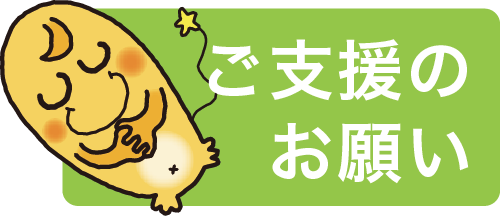![]()
Animal Rescue in the Wake of the Great Hanshin-Awaji Earthquake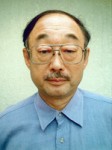
Dr. Shigekatsu ICHIDA
Chairman of the Great Earthquake Animal Rescue Memorial Association
![]()
Fifteen years have now passed since the day that fateful day in January 1995 when the Great Hanshin-Awaji Earthquake took the lives of approximately 6,500 people and seriously injured 10,683, while totally destroying 104,906 houses, partially destroying 144,274, and completely burning a further 7,036. In addition to people, many animals were killed or harmed by the earthquake, which is estimated to have claimed the lives of 4,300 dogs and 5,000 cats alone. On January 20, 1995, the Tokyo Headquarters of the Great Hanshin Earthquake Animal Rescue was established under the guidance of the Prime Minister’s Office, and on January 21, the Great Hanshin Earthquake Animal Rescue Headquarters was established under the guidance and with the cooperation of three animal welfare-related organizations, namely, the Veterinary Association of Hyogo Prefecture, the Veterinary Association of Kobe City, and the Hanshin branch of the Japan Animal Welfare Society (JAWS), together with Hyogo Prefecture and Kobe City. Later these five organizations came together to set up the Great Earthquake Animal Rescue Memorial Association, which brings us up to the present.
At the time of the earthquake I was working as the Director of the Kobe Animal Rescue Center. In the face of that totally overwhelming and unexpected event, our animal rescue efforts began in the midst of a chaotic situation. I was extremely grateful for the guidance of Dr. Baba, a veterinarian who quickly came to the site upon hearing that the animal rescue effort was starting. At the time, around half of the members of the Veterinary Medical Association had suffered the partial destruction of their premises or worse. So we had to establish and operate a rescue center at the Kobe City Animal Control Center with about 30 members, which was about half of the full membership. It was a sudden emergency, so we didn’t have any time to prepare or any financial resources to draw upon and we were forced to make use of whatever was available. We borrowed plastic greenhouses from the Nishi Ward Agricultural Cooperative and converted them into shelters by following their instructions. When the information that the rescue center would be open from January 27 was released, I was confronted with a situation I had never experienced before and this made me feel close to panicky. But we were able to overcome the situation because we operated the rescue center in cooperation with an army of volunteers who quickly came along to support our efforts, including people from the veterinary medical associations of other prefectures and from animal welfare organizations. All of these people broke their backs trying to improve the lives of the animals in our care even a little, such as by carrying relief supplies to the tents, carrying food to shelters, mending any open seams in the shelters, and even sleeping on cardboard on the floors of corridors during the cold of winter. They did all this because they understood how petrified the rescued animals must have been since even the people were severely shocked. This Rescue Headquarters was constructed by the volunteers who took care of the animals, the veterinarians who treated them, and the local veterinary medical associations and animal welfare organizations that supported these efforts.
Because our activities were strongly supported by the public, we were able to gather a large number of monetary donations. But as April came around and with the temperature rising, we found we were unable to continue in the same way we had been operating from the beginning. Accordingly, since there was an empty space available near the Animal Control Center, we constructed three 2-story prefabricated buildings for use as new shelters. When these facilities were completed in the middle of May, the shelter environment improved dramatically and the number of cases of animal treatment declined equally dramatically. Somehow the animals’ spirits improved. We had a certain amount of anxiety about handing over adult dogs and cats to new owners, but we were able to find new homes for a total of 1,045 animals. From this time, the transfer of adult dogs came to be carried out at the Animal Control Center. In order to rescue animals in need, the Animal Rescue Headquarters and the Animal Control Center, centered the Veterinary Association of Hyogo Prefecture, the Veterinary Association of Kobe City, and the Hanshin Branch of JAWS and with the support of over 20,000 volunteers, conducted animal rescue activities over a period of 16 months, took in 1,556 dogs and cats, and medically treated a total of approximately 8,000 animals. We deeply appreciate the enormous contributions made by so many people, as our activities could never have been carried out without their support and cooperation.
Prof. Takashi UEMURA (Shijonawate Gakuen University)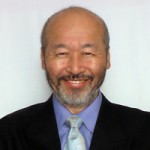
![]()
![]()
Dr. Hiroko SHIBANAI (Director, Akasaka Animal Hospital)
![]()
![]()
![]()
Dr. Kimihiro TAMAI (Chairperson, Veterinary Association of Wakayama Prefecture)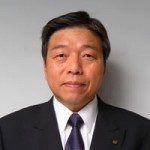
![]()
Dr. Chizuko YAMAGUCHI (Veterinary Inspector, Japan Animal Welfare Society)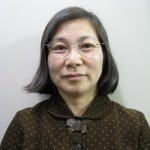
![]()
![]()

